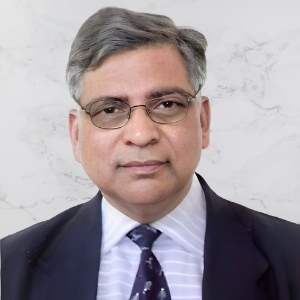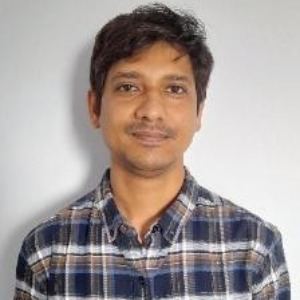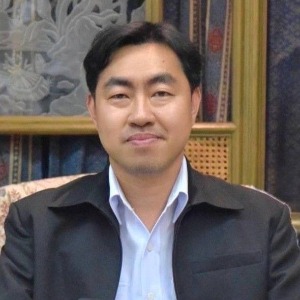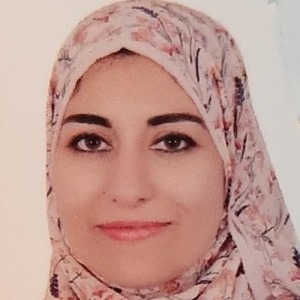Recirculation Aquaculture Systems
Water is recycled and reused after mechanical and biological filtration and the removal of suspended debris and metabolites in a recirculatory aquaculture system (RAS). This technology is utilized for high-density fish rearing using the least amount of land and water possible. Unlike other aquaculture production systems, it is a high-density intensive fish culture. In this system, fish are often reared in indoor/outdoor tanks in a controlled environment, rather than the traditional method of growing fish outside in open ponds and raceways. By recirculating water back to fish culture tanks, recirculating systems filter and clean it. The approach is based on the combination of mechanical and biological filters, and it can be applied to any aquaculture species. Only enough water is added to the tanks to compensate for splash out, evaporation, and waste material flushing. Because wastes and uneaten feed are not simply thrown into the ambient environment like they are with other culture systems and foreign species, and infections are not introduced into the ecosystem, RAS has a lower environmental impact.
- Selection of species for RAS
- Health Management in RAS
- Equipment And approaches in RAS

Perry Raso
Matunuck Oyster Farm, United States
Joni Lee Giovanna Hesley
Education Emerita, CropKing Inc., United States
Virendra Kumar Goswami
Indian Institute of Technology, India
Amit Das
Memorial University of Newfoundland, Canada
Mandeep Kaur
Panjab University, India
Pavarot Noranarttragoon
Department of Fisheries, Thailand



Title : Application of Artificial Intelligence and NISAR satellite to study the air sea CO2 exchange and aquatic toxicology to develop ‘Aquatic Pollution Remediation Technologies’(PART)
Virendra Kumar Goswami, Indian Institute of Technology, India
Title : Conditionally pathogenic microparasites (Microsporidia and Myxosporea) of mullet fish potential objects of mariculture in the Black and Azov Seas
Violetta M Yurakhno, A. O. Kovalevsky Institute of Biology of the Southern Seas of Russian Academy of Sciences, Russian Federation
Title : Integrating art, science and rural development: The multifaced role of aquarium keeping
T V Anna Mercy, Kerala University of Fisheries and Ocean Studies, India
Title : Seaweed aquaculture policy gap analyses in Indonesia, Kenya, and Tanzania
Megan Considine, The Nature Conservancy, Puerto Rico
Title : Utilizing art to enhance learning STEM subjects required for aquaculture
Joni Lee Giovanna Hesley, Education Emerita, CropKing Inc., United States
Title : Exploring the aquaculture potential of marine sponges (Phylum Porifera) in Kerala, India: A focus on growth dynamics and optimization of farming protocols
Anita M George, University of Kerala, India